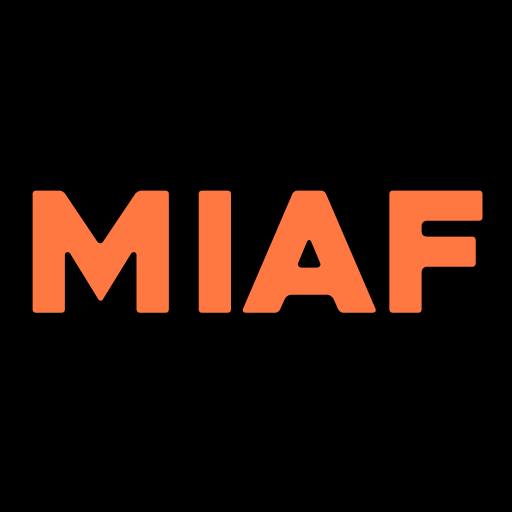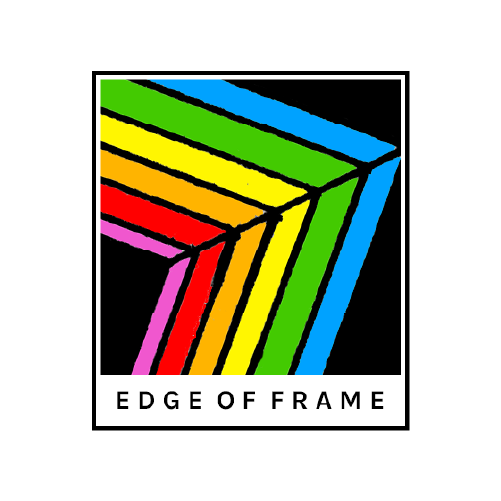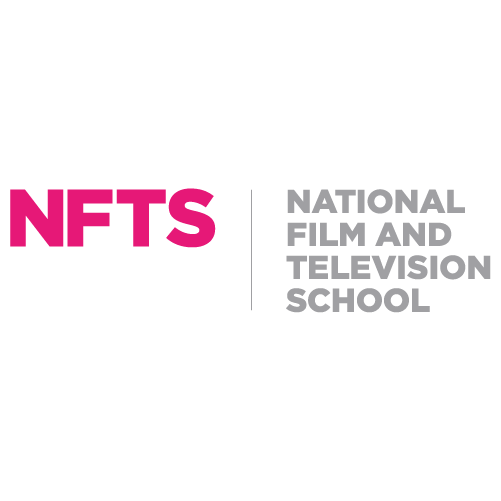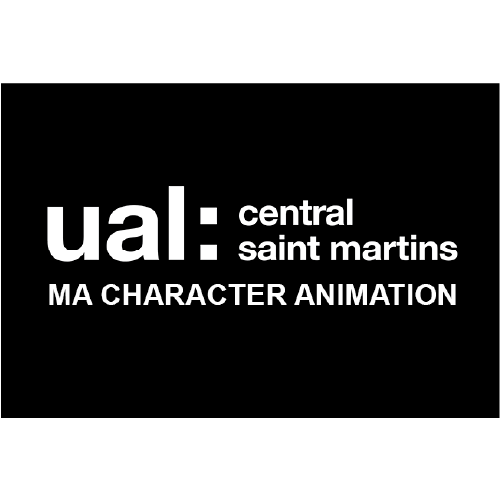International Competition Programme 6: Below the Surface screens at Barbican book tickets
To turn on the TV or read the paper these days is to wonder where the surface we stand on has gone. News is fuelling this, of course. But what is news these days? News is facts, analysis, conflicting assumptions writ large, downright lies. News is the lubricant of democracy, a product for sale. News is at its best when it has something to say; less so when it merely has to say something. There does seem to be a rising sense, though, that the rainstorm of dysfunction is hitting the windscreen quicker than the wipers can clear it.
It’s hard to imagine this combustible snarl expressed more effectively than in Donato Sansone’s new film Animated Daily. If the medium is the message, Sansone commandeers the detritus of the medium to use as his canvas, wilfully vandalising/subverting/reimaging the original surface layers to create a whole new message fuelled by everything he’s just stolen.
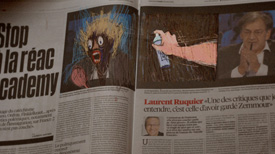
Newspapers – Sansone’s canvas here – are edifices of real and perceptual surfaces. Printed onto the surface of the paper are words and pictures that the animator repurposes for different meanings. He’s working fast, the frisson of this machine-gun gallery of images rippling from page to page – change and the apparent miscellany of the ‘news’ the only constant in a flood of micro-inspirations.
Burning the house down was probably the least of the risks that Nikola Tesla faced. Tesla essentially invented the process for transmitting electrical current known as “AC” (or Alternating Current). But he dreamed of creating vast machines that could harness the energy of space and bounce it around the globe as freely available electricity that could be plucked from thin air by anybody with the right receiving dish….. sort of like a giant, wickedly dangerous equivalent of trying to utilise your Sky connection to roast a chicken in your letterbox.
The Tesla World Light by Matthew Rankin does an outstanding job of capturing the monstrous genius of the man, vividly depicting the extraordinary invisible energy that Tesla was attempting to harness and how an odd, insane love for a pigeon fits into all of this.
Visually, it’s a tour de force; a spectacle worthy of the elemental forces that sit at the core of its subject. But from an animation purist standpoint, its polished homage to the Viking Eggeling’s early abstract masterpiece Symphonie Diagonale (1924) is just a joy and reminds us of the indomitable spirit of experimentation that art shares with science.
‘Stop Motion’ is a kind of ‘umbrella’ term under which sit a number of variants or sub-genres, each with their own names, rules and unique properties. This programme has actually come together as something of a mini showcase of some of those techniques.
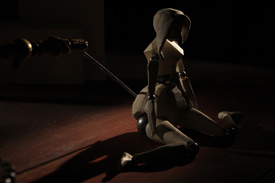
Osso by Dario Imbrogno is just simply astonishing. Puppet animation? Object Animation? Such hair-splits aren’t really worth spending too much time wondering about, better to try and take in the incredible animating technique on display here. The entire effect is magnified by the fact that it also does double service as a stunning masterclass into the actual processes (plural) of creating this type of animation. Although stylised within the realm of the film, the detailed depiction of the pure mechanics of making a doll move, the nuances of lighting and the need to understand how to best position cameras are a fascinating look into the real-world challenges of a stop motion animator.
Pixilation is about as manual a form of animating as can be imagined. It describes films created by using human animators to behave as if they were an animator’s puppet. Typically this produces films that make it appear the actor can fly (think Norman McLaren’s Neighbours) or is interacting with a live action background that appears to be operating at a completely redefined rhythm (think “Luminaris” by Juan Pablo Zaramella). Dead Reckoning by Susan Young and Paul Wenninger is a stellar example of pixilation. For good measure it even includes a collection of really nifty added graphics that give it an extra visual zing.
Fabio Friedli’s film In A Nutshell is an Olympian example of ‘object animation’ on pretty much every level. It’s a rollercoaster ride oscillating wildly between frames that contain sometimes hundreds of moving items through to a visual cascade of rapid ‘item replacement’ animation. Clever riffs on identity and connection speak – disjointedly – to some of the issues insinuated through the earlier moments of the film.
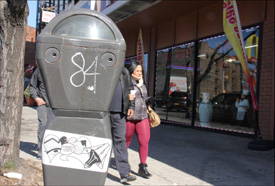
We have always enjoyed catching up with the latest offerings that get turned loose from the studio at London Squared in New York. Carolyn and Andy London have created quite a body of work over the years. 149th And Grand Concourse stars an eclectic citizenry of street furniture, imbues them all with a slew of wonky personalities and uses a little animation trickery to bring them to life.
It’s the exact kind of low-budget, high-concept, work-with-what-ya-got guerrilla animating that this duo often roll up their sleeves and create. And it’s hilarious.
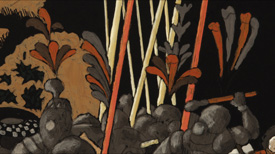
We first spied Georges Schwizgebel’s latest masterpiece The Battle Of San Remo at the Anibar festival in Kosovo earlier this year and we had to have it. It’s classic Schwizgebel and brings a beautiful new perspective to the trio of classic paintings by Paolo Uccello depicting the infamous 1432 Italian battle just outside of Florence.
In Nothing Happens, Uri and Michelle Kranot have brought an intriguing shift to the often overtly political undercurrents many of their films portray. The film radiates a palpable sense of the uncertainty of the times we find ourselves navigating against. The deliberately ambiguous time and place settings depicted in the film are a veiled warning that ‘something’ could happen anywhere, anytime and the design and demeanour of the characters remind us that we have a history riven with disastrous missteps.
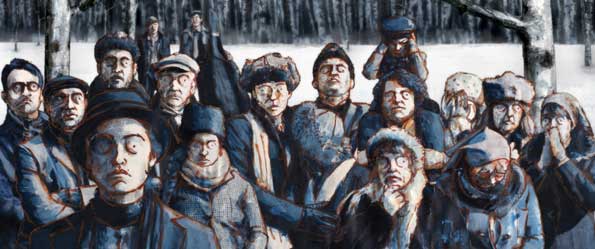
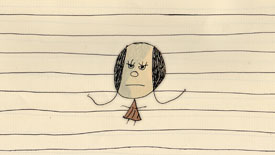
It’s equally an honour to be able to bring you the latest films from our good friends Patrick Jenkins (Emanations) and Steven Subotnick (Little Girl) who continue to amaze us with their ability to consistently produce work that is fresh and thought provoking.
We particularly wish Mr Subotnick well as he embarks on his Fullbright scholarship – well done!!
Malcolm Turner, MIAF Director and LIAF Co-Director




